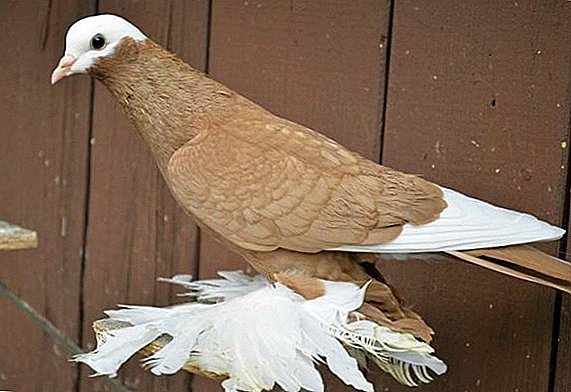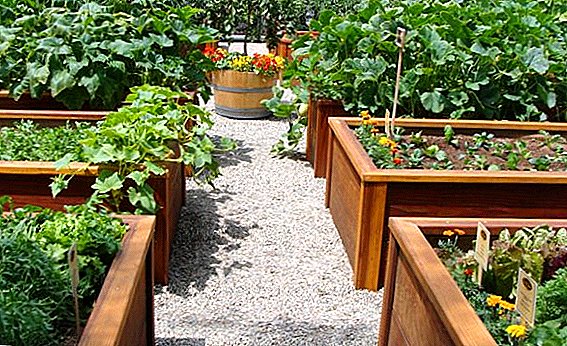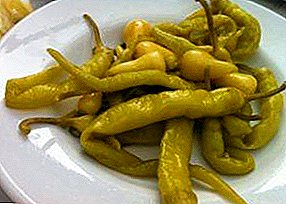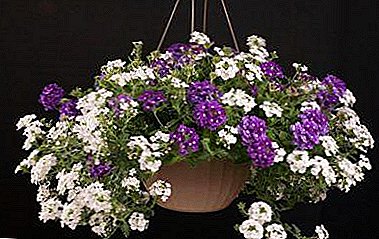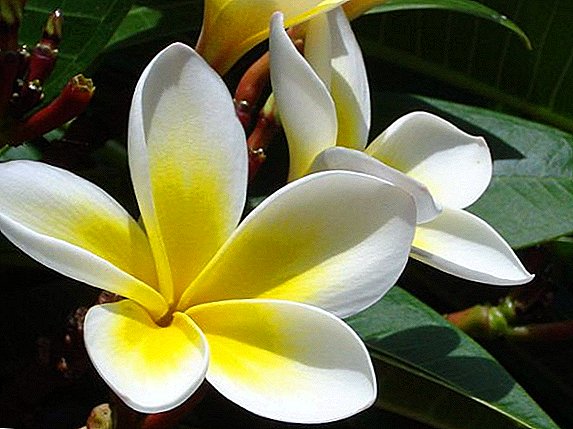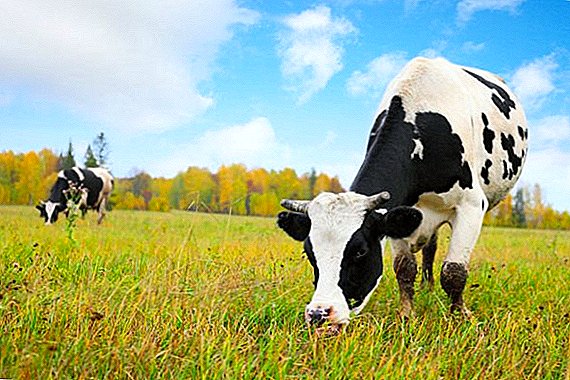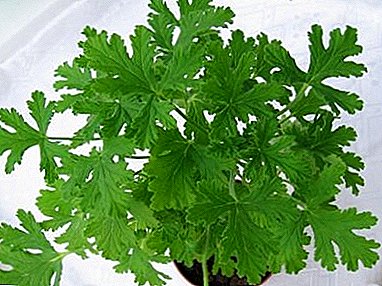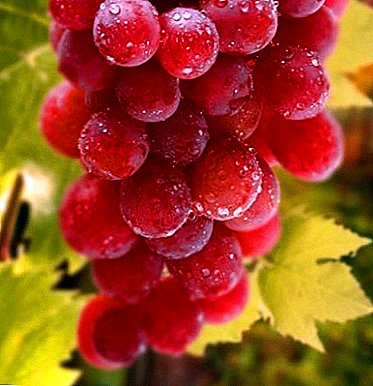
Surname Pusenko (Polyavko) is well known among winegrowers. A family affair was for them the fascination with the cultivation of this amazing plant.
There are more than 200 varieties in the Pusenko vineyard, each of which is unique in its own way. And each has its own technology of cultivation, cultivation of the soil, as well as methods of processing and storage of berries.
It is hardly possible to tell about all the varieties, hybrids and folk selections that are included in the catalogs of this family.
A long and painstaking work on testing new varieties and improving old ones is described in many articles on winegrowers' sites; this experience is used in scientific work of breeders. We will take only a few varieties of Pusenko, which she herself calls loved.
Pusenko's favorite grape
Muscat summer
Obtained by selection of Pierrel and the Queen of the vineyards.
Main characteristics:
- White table grapes.
- Vigorous.
- Bisexual
- Ripens in 100 - 120 days after bud break.
- Clusters from 700 grams to a kilogram, dense, conical.
- Berry oval, on average, up to 9 grams.
- The flesh is juicy.
- Muscat flavor.
Fragrant, sweet, it is a real find for gardeners, the berry does not burst. Muscat summer tolerates transportation. 80 percent of shoots bear fruit. He is not afraid of low, down to -25 degrees, temperature.
Arched, Pink Flamingo and Beauty of the North exhibit good frost resistance.
On the vine can be 40 - 45 buds (wintering buds). It is advisable to cut up to 10 eyes and avoid thickening.
Attention: Summer Muscat loves moderately dry and well warmed lands. Lowlands and clay in the area are contraindicated. The grade reaches the best quality on the dry and warmed slopes. Berries in especially wet years suffer from gray rot. The spider mite is also dangerous for this variety.
Photo Muscat summer grapes:



A gift to Irina
The hybrid form Kesha 1 x Glasha and Elegant is super early.
Main characteristics:
- Red table grape breeding Vishnevetsky.
- Average height.
- Plant bisexual.
- Maturation term up to 130 days.
- The brushes are very large, there are 1.5 kilograms.
- Berries reach weight up to 20 grams, a pleasant taste, like marmalade. The skin is dense. Brushes can be long on the bushes and not lose at all in taste.
- Hybrid berries do not crack, the plants barely get sick.
Such varieties as Cardinal, Ataman Pavlyuk and Tabor differ in large berries.
Among the shortcomings: for the winter you need to warm, cover.
Photos of grapes Gift Irina:




Tason
Table variety of pink nutmeg grapes, which many winegrowers love.
Main characteristics:
- Artificially bred grade.
- Maturing term - early (from 100 days).
- Bushes are very strong, powerful.
- Half shoots are fruitful.
- The bunch is well developed, weight is from 800 grams to 1 kilogram.
- Berry weight - 5 grams, sometimes up to 8 grams.
- Berry oval, beautiful pink hue, the flesh is slightly crunchy. From a bush collect 30 - 50 brushes.
- Good lezhkost.
Tason does not like frost, withstands cold temperatures up to -22 degrees. Unstable to fungal diseases.
Love for heat is different and Hadji Murat, the Cardinal and Ruta.
Interesting: this variety was obtained at the All-Russian Research Institute of Viticulture and Wine-Making (VNIIViV) them. Potapenko from varieties Italy and Zorevoy. It is perfectly adapted to our climate, it can give two harvests - stepchildren also bear fruit. Early ripeness and excellent taste made it popular in all regions. The main thing is to plant seedlings on the south side, where there will be plenty of sun.
Photo grapes Tason:




Rylais pink sidilis
Wonderful table-technical pink variety, which recently appeared in Russia.
Main characteristics:
- Very early, for 100-105 days the berries ripen.
- Bushes vigorous.
- Clusters of medium density, weight from 100 to 300 grams.
- Small berries, 1, 5 - 2 grams, cylindrical.
- The taste is pleasant, with the aroma of labruska.
- Seedless.
- The skin is dense, removed by the bag.
- Shoots mature well, about 80 percent.
- Fruits up to 50 percent of shoots.
- The variety is frost-resistant, it is not scary even at - 30.
- Does not require hiding.
- Resistant to diseases and pests.
Seedless varieties also include Attika, Super early seedless and Pink.
Warning: excess moisture causes damage to the berries.
Photo of grape Rylais pink sidilis:




Diseases and pests
As already stated above, among the favorite varieties of these Volgograd winegrowers there are a lot of very different ones, although they prefer pink nutmeg berries with good disease resistance.
But prevention is very important. Therefore, about how to care for the garden, Natalia Pusenko also tells a lot.
How to deal with wasps?
Attack many vineyards - wasps, small harmful creatures that are able to penetrate anywhere. They do not touch the fruit until one or more berries have ripened and burst.
But then after them there is no salvation, they eat, sucking, all ripe berries. The remains of damaged fruit become a breeding ground for germs that cause diseases of the vine.
In early summer, you can set traps for wasps (you can even make them from a simple plastic bottle) with sweet water or rotten fish, missing meat, because protein attracts queens.
You can simply prepare and decompose the poisoned pieces, insecticides will be poisonous for wasps: boric acid, dichlorvos from flying insects, poison from cockroaches.
If insects began to attack the clusters, you can use the tried and tested means. For example, to wrap a bunch of linen cloth, gauze, put on her specially stitched mesh bags. An old lace curtain can also help.
Beware: wasps sting is very painful, for some their bites are deadly. Going to fight insects, be sure to use protective equipment, masks, gloves.
Phylloxera and others

A small insect - one of the species of aphids - can destroy thousands of hectares of vineyards. It feeds on plant sap, sucking it from vines, roots, and leaves. Extremely gluttonous. And the wounds that it causes easily penetrate the infection.
If you find tumors near the rhizome, on the leaves and on the stems of the grapes that died in your area, immediately take measures for disinsection.
Remove the soil from the fossa in which the vine grew, disinfect the place with hexachlorane and cover it with fresh earth. It is worth several times to process bushes with chemical preparations, but nobody has described a more effective way than the destruction of a diseased plant.
Virtually no grapes are sick, grafted on resistant to this planting rootstock.
Dangerous for grapes and other pests, so carefully care for plantings, in time to treat them from the pests characteristic of your region.
Prevention measures include deep soil digging for the destruction of larvae, timely collection of weeds, spraying.
Infectious and non-communicable diseases
Infectious and non-infectious diseases of grapes is a sore subject for many winegrowers.
Sharply:
Mildew - affects vines, clusters, brushes. It is noticeable on young leaves: yellow spots on top, white and slightly fluffy patina from below. Dark spots appear on the berry, then the brush dries and falls. The affected areas begin to dry, turn black and die off.
It is impossible to destroy the fungus on the bushes, so you need to carefully collect the fallen leaves and weeds in which the pathogen overwinters. All plants before wintering need to be treated with special preparations.
"Integral" - enough 1 time, "Strobe" - 3 times. Bordeaux mixture, copper oxychloride, with which the grapes are processed 6 times, are effective.
Oidium - affects all parts of the plant, spares neither young nor old bushes. Gray bloom, cracked berries, dried and fallen flowers and ovaries.
This fungus also overwinter in fallen leaves. Prevention - is a thorough cleaning in the fall, cleaning the foliage and unnecessary branches to improve ventilation. Slow down the development of the disease watering and rainy weather.
If the infection has penetrated the site, then the colloidal sulfur and Cumulus will help to get rid of the misfortune in 1 day, but the treatment of plants should be carried out 5 - 6 times.

Anthracnose - initially affects the berries on which dark spots appear. Fruits dry up, then crumble. Leaves can also be covered with such spots, then the dried part of the leaf crumbles, leaving holes of the wrong shape.
If the vine is infected, it turns black, becomes fragile and dies. Grapes must be constantly, especially after the rains, treated with preparations containing copper: Copper oxychloride, Cartocide are quite effective in combating the disease.
Among non-infectious leads:
Bacterial cancer.
Lumpy dark growths - tumors grow and spread very quickly, it is impossible not to notice them. Buffles appear on the site of wounds, cuts, frostbite after a cold winter.
Bacteria can "sleep" for a long time in a healthy-looking plant, until something starts up the disease mechanism. A grape spends much more energy on a tumor than on the development of shoots and fruits, this leads to the destruction of the bushes.
If the tumor began to develop at the base of the vine, the plant cannot be saved. But removal of a tumor that has just begun to develop in other places with subsequent wound treatment with copper sulphate and garden pitch sometimes turns out to be effective.
The build-up itself is burned, the soil is disinfected. At this place it is advisable not to plant young bushes.
Non-infectious chlorosis
An excess of lime, moisture, alkaline soil or iron deficiency cause a persistent metabolic disorder in the plant. The leaves turn yellow, the veins remain green. From the base of the bush leaves a lot of thin shoots on which the grapes spend all their strength. On the fruiting of the question.
Fighting the disease can be very effective by adding fertilizers with phosphorus, potassium, manganese and iron when digging the soil. Ammonium sulphate or sulfuric acid under the bush saves with an excess of lime in the soil.
Interesting: On many ancient coins there is an image of a brush or a vine of grapes, which speaks of the respect and love for this plant of the peoples of various countries.

Grapes are very delicate and whimsical plant, but careful care, compliance with all the rules for planting and growing help to avoid diseases, save from the invasion of insects - pests. But how much joy is delivered by the first matured hands with an indescribable taste and smell!
Grapes described in his "Iliad" and "Odyssey" even Homer, praising and wine from it.
In countries where vineyards are grown and wine is made, the incidence of oncology and cardiovascular diseases is noticeably lower.
On average, it takes 600 - 700 berries to make one bottle of wine



